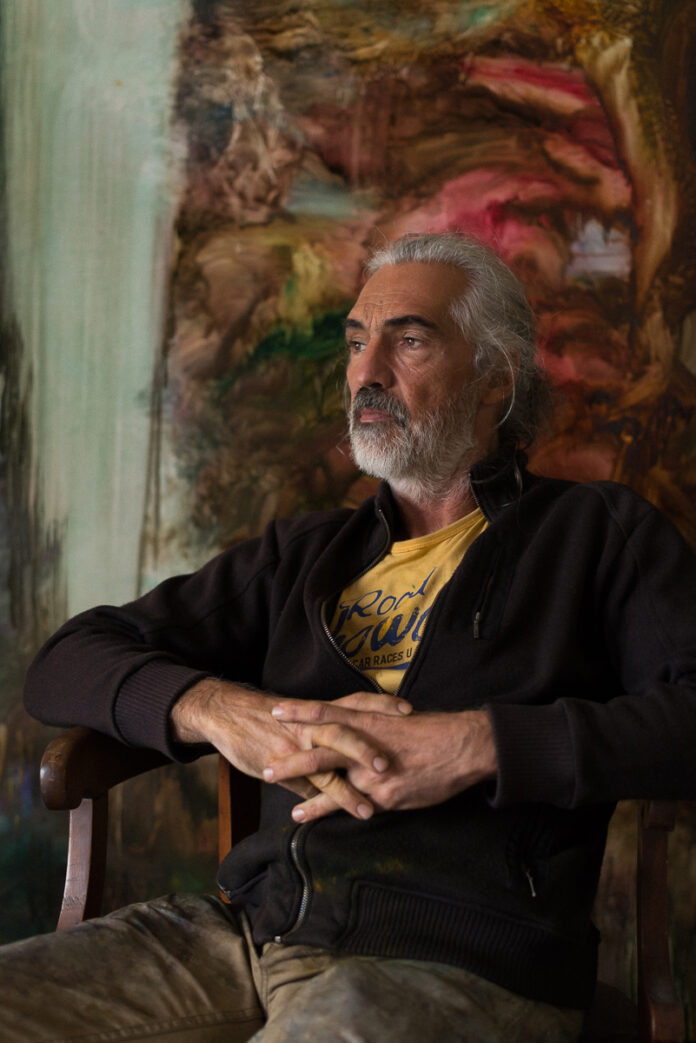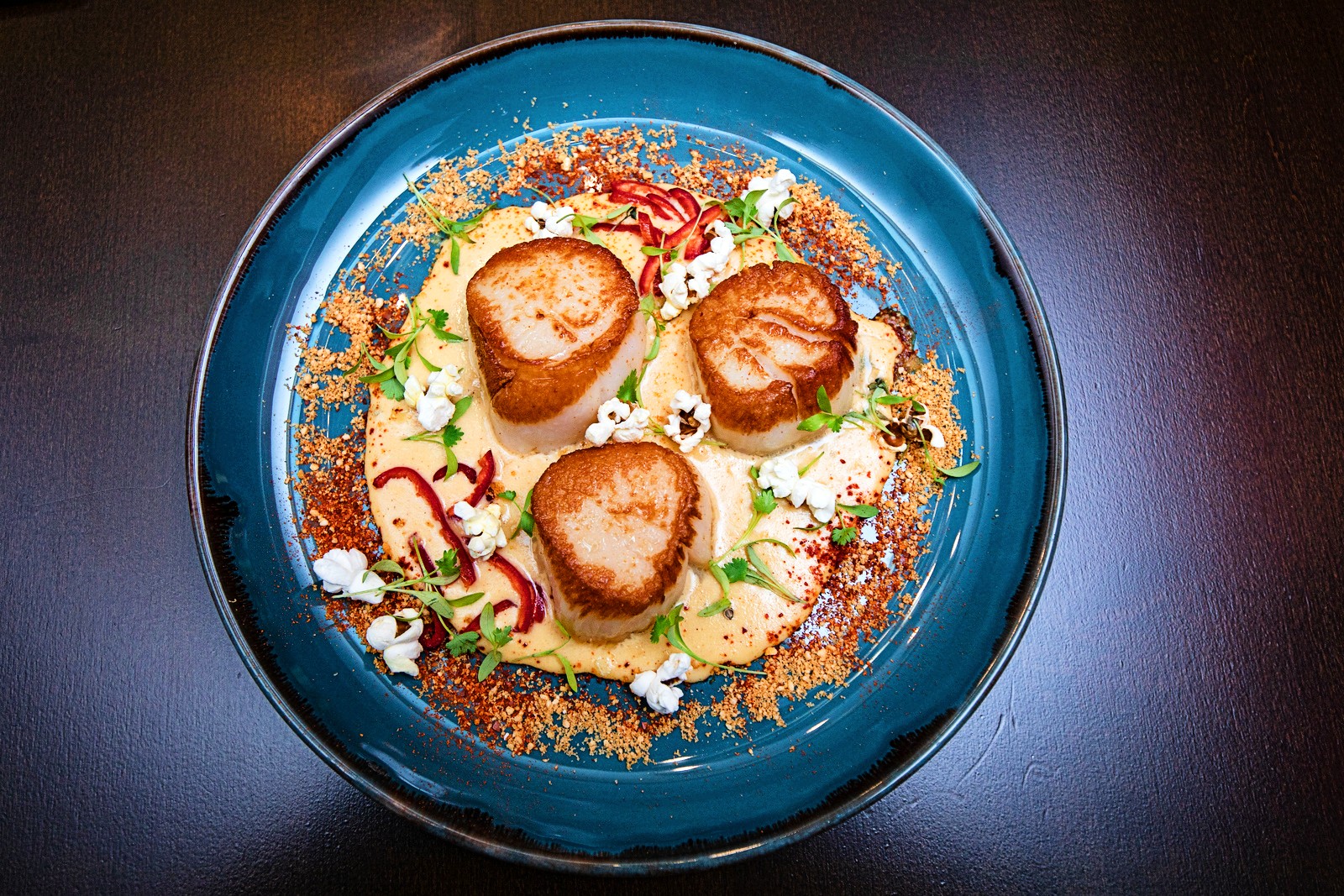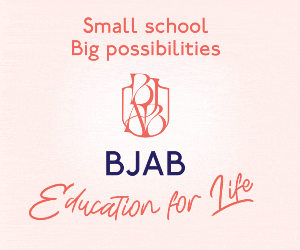Belgian artist Johan Van Mullem was commissioned by the Royal Museums of Fine Arts of Belgium to add to their contemporary collection. Originally from Bruges and now Brussels based, Johan Van Mullem offers a unique collection that is really a ‘before and after’ of his work before, then during the Covid pandemic.
Each of us dealt with the pandemic and resulting confinements in our own way. We see a very clear transition in Van Mullem’s work.
Art for art’s sake
The first – and pre-pandemic – part of the exhibition, is a monochrome and complicated exploration of the self. An inward looking stream of consciousness that would keep any psychoanalyst busy for some time. Van Mullem said he tried to free himself from his brain’s algorithms and let his thoughts run free. “Effectively, before covid I would ask why me, why me… I was very preoccupied with myself. It’s necessary to be conscious of ourselves, but we have to be conscious of our humanity and that we live with other human beings.”
Even though Van Mullem had tried to release himself from any constraints, he still required an overall balance. He said that this may stem from his original training as an architect and a need for equilibrium. Van Mullem says that like in music, when things are right they express themselves. The fine drawing, more figurative style and overall balance in the pre-pandemic works brings an overarching order.
There are also a series of busts in the room that externalize the inner thoughts of the subjects. The artist is clearly present in all these works; he is at the centre of his psychological world.
‘We’re not in Kansas anymore’
While some felt limited by the pandemic, Van Mullem appears to have been liberated. Walking from the artist’s pre-pandemic world and into the glorious technicolor of the second room, one feels like a huge psychological weight has been lifted. It’s a celebration of nature: beautiful, lush and vibrant. It’s a garden of Eden, before the poisonous snake turned up and ruined it all. We’re told that, forced to slow down by the pandemic, the artist rediscovered his inner garden, a new horizon that inspired him to create universes more oriented towards the exterior.
The exhibition is curated by art historian Sophie Hasaerts. Hasaerts said that she wanted to celebrate Belgian artists and that in the past there had been a tendency for Belgium to turn towards other countries, in particular the United States when commissioning work. It seems obvious and fitting that a national collection should celebrate Belgian artists while not compromising on artistic merit.
The three rooms are in the heart of the old, rather than the contemporary collection of the museum, and it fits remarkably well. The symbolism in the artist’s work is similar to those older works full of hidden meaning. It is a reminder that art is always in a state of transmission, transformation and evolution.
As the World Health Organisation declares Covid over as a global health emergency, maybe we can also offer thanks to the non-venomous snake entwined in the rod of Asclepius, the deity associated with healing and medicine. Snakes have generally been given a bad rap, but some of them are healing.
31 March to 23 July, the Royal Museums of Fine Arts of Belgium (RMFAB)








